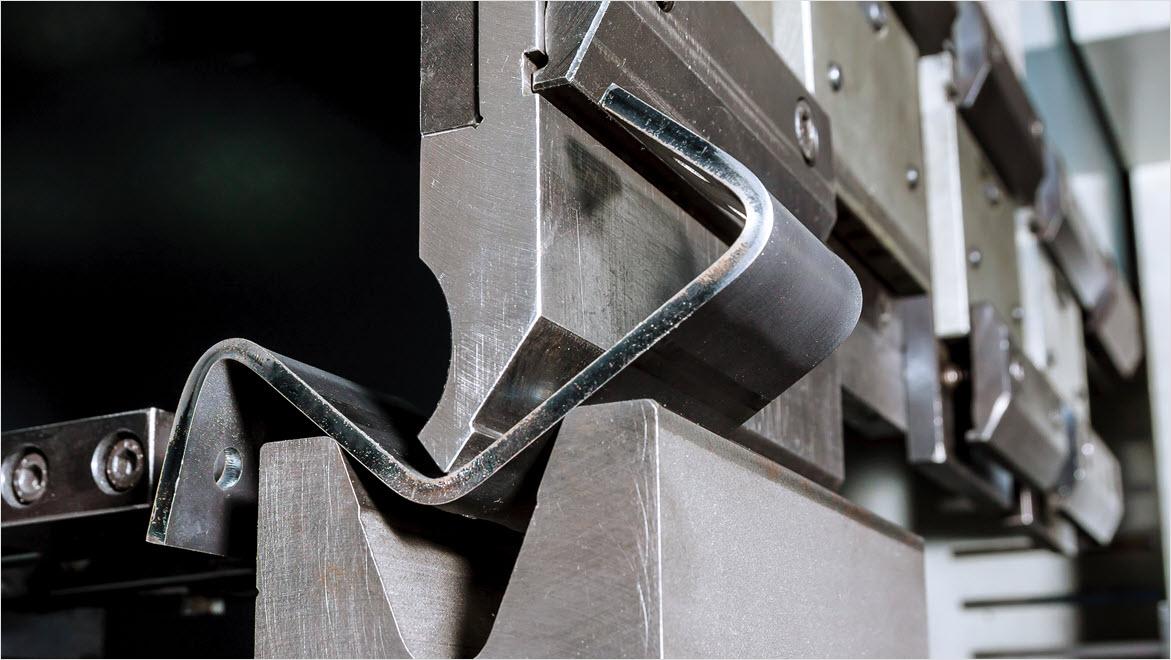Bend allowance is the length of the neutral line or axis that lies between the bend lines, or essentially, it’s the arc length of the bend. This measurement is used to calculate the length of the flat piece of sheet metal needed to achieve a bent part of a certain size.
When a piece of metal is bent, one half of the bend is compressed and the other half is stretched. The neutral line or axis is the area of the metal that does not change during the bending process. The length of the neutral axis is known as the bend allowance.
The bend allowance is calculated based on the degree of the bend, the thickness of the metal and the bend radius. The bend allowance added to the sum of the two flange lengths equals the total flat length of the sheet metal.
Knowing the bend allowance is crucial to achieving accurate results in sheet metal fabrication. It’s used to determine the flat pattern layout to ensure the final bent product is the correct size and shape.





















